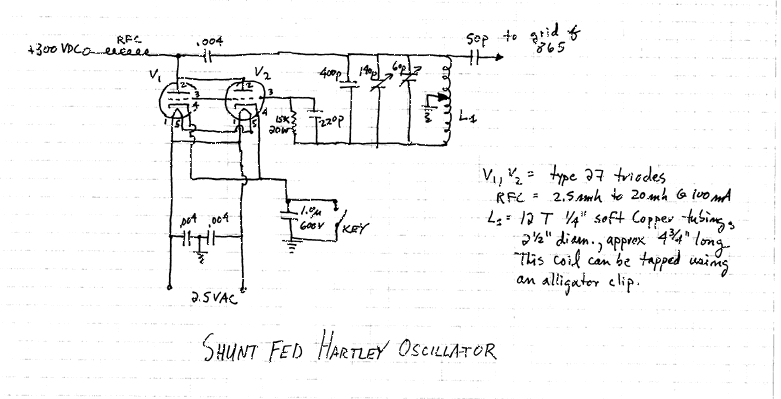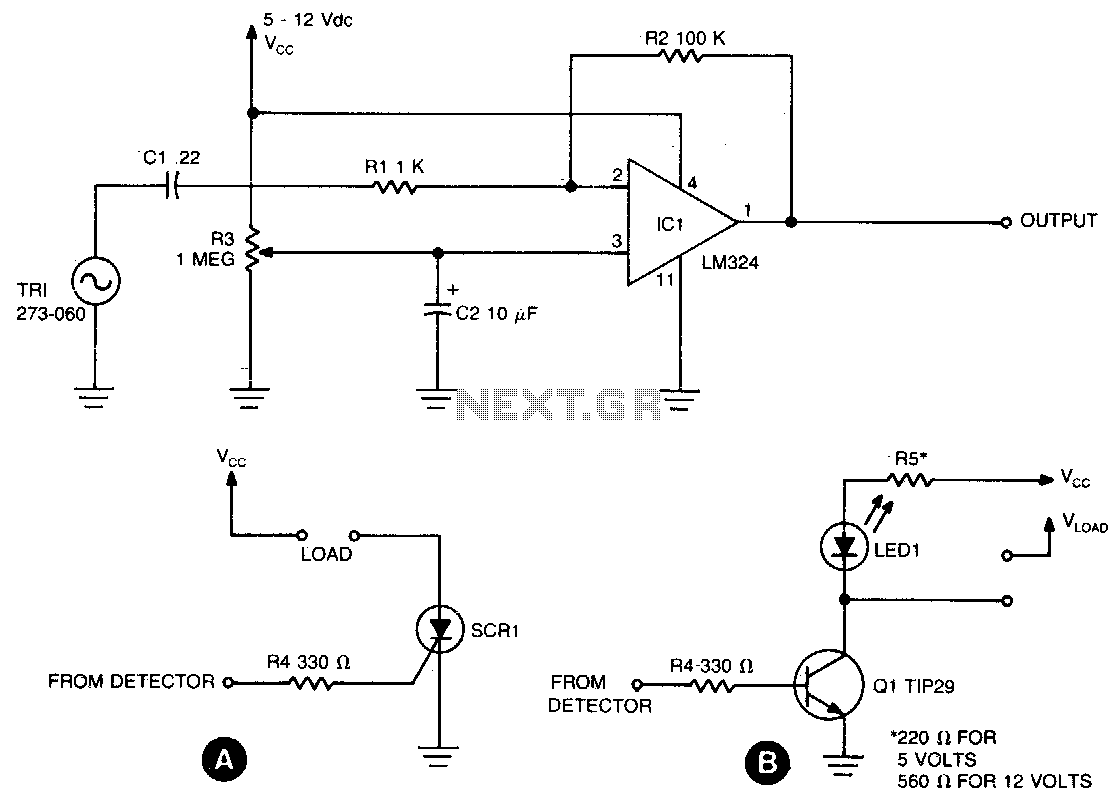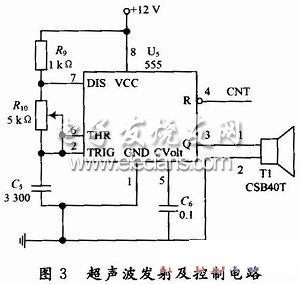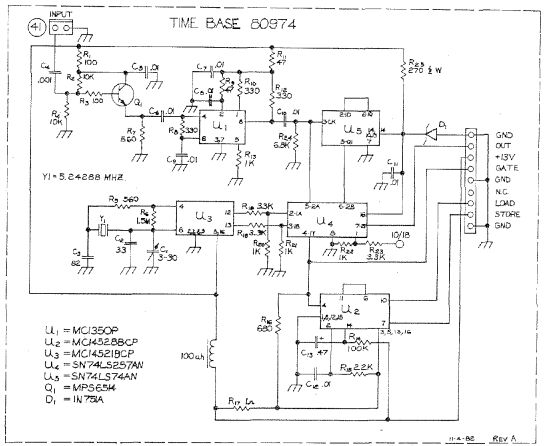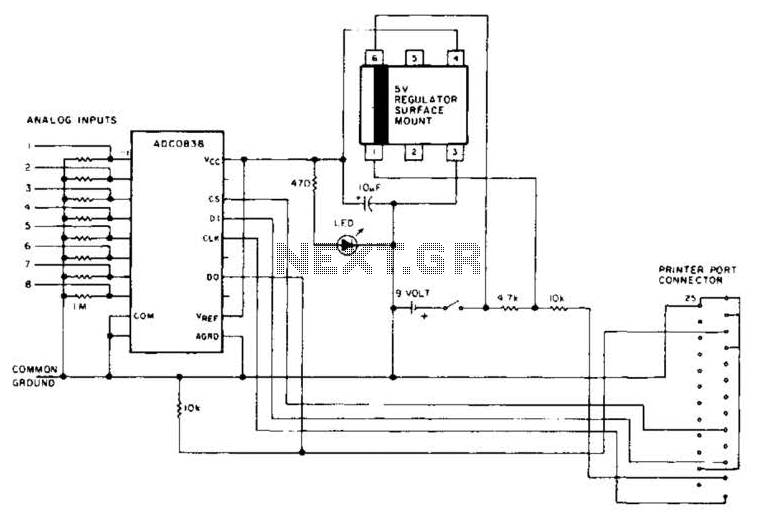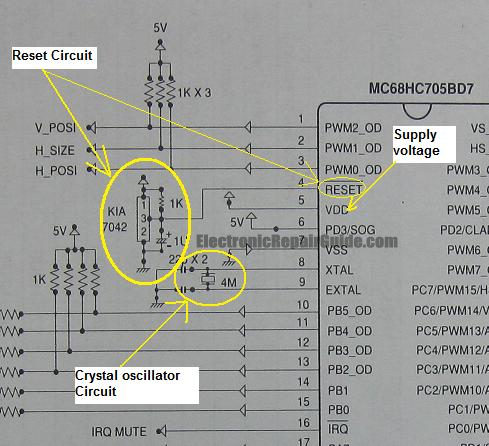
8-Channel Air Sampler and Biodetection

The air sampler is a highly effective multi-stage wetted-wall cyclone that continuously processes air at a rate of 325 liters per minute, extracting particulates and transferring them to a liquid phase with a volume of 4 to 5 cc. Distilled water is typically used as the liquid, requiring no additives or surfactants for optimal efficiency. This liquid portion may then be periodically transferred, either in part or in whole, to the biodetector using a built-in peristaltic pump. A dropper bottle filling station is also integrated into the BioHawk, allowing a portion or all of the sample to be dispensed into the dropper bottle for archiving or for applying an alternative analysis method. For instance, the dropper bottle feature enables the BioHawk to function as a sample collection and preparation system for lateral flow tests. Unique and patented features of the air sampler include its capability to operate unattended for extended periods and to amplify trace analyte concentrations by maintaining a user-selected sample fluid volume within the device.
The air sampler utilizes a multi-stage wetted-wall cyclone design, which is crucial for maximizing particulate capture from the air stream. The cyclone mechanism enhances the separation of particulates from the air by employing centrifugal force, directing larger particles to the walls of the cyclone where they are washed into the liquid phase. The continuous processing capability at 325 LPM ensures a high throughput, making it suitable for various applications, including environmental monitoring and industrial hygiene.
The choice of distilled water as the liquid phase is significant for maintaining the integrity of the samples, as it eliminates potential contamination that could arise from surfactants or additives. The system's ability to transfer the collected liquid sample to a biodetector via a peristaltic pump allows for seamless integration into analytical workflows, facilitating real-time monitoring and analysis of airborne contaminants.
The integrated dropper bottle filling station enhances the versatility of the BioHawk system, allowing for convenient sample archiving and preparation. This feature supports various analytical techniques, including lateral flow assays, which are widely used in point-of-care testing and environmental assessments. The design ensures that samples can be easily dispensed and handled without compromising their quality.
The air sampler's unique patented features, such as its long-duration unattended operation and the amplification of trace analyte concentrations, position it as a cutting-edge tool in air quality monitoring. By allowing users to select the sample fluid volume, the system can optimize sensitivity and detection limits for specific applications, making it an invaluable asset in fields requiring precise air quality assessment and analysis.The air sampler is a highly effective multi-stage wetted-wall cyclone that continuously processes air at a 325 LPM rate, extracting particulates and transferring them to a liquid phase of 4 to 5 cc volume (see Figure 2). Distilled water is typically the liquid of choice; no additives or surfactants are required for maximum efficiency.
This liquid portion may then be periodically transferred in part or in whole to the biodetector, using a built-in peristaltic pump. A dropper bottle filling station is also integrated into the BioHawk so that a portion or all of the sample may be dispensed into the dropper bottle for archiving and/or application of an alternative analysis method. For example, the dropper bottle feature allows the BioHawk to be used as a sample collection and preparation system for lateral flow tickets.
Unique and patented features of the air sampler include its abilities to operate unattended for long periods of time and to amplify trace analyte concentrations by maintaining a user-selected sample fluid volume in the device, 🔗 External reference
The air sampler utilizes a multi-stage wetted-wall cyclone design, which is crucial for maximizing particulate capture from the air stream. The cyclone mechanism enhances the separation of particulates from the air by employing centrifugal force, directing larger particles to the walls of the cyclone where they are washed into the liquid phase. The continuous processing capability at 325 LPM ensures a high throughput, making it suitable for various applications, including environmental monitoring and industrial hygiene.
The choice of distilled water as the liquid phase is significant for maintaining the integrity of the samples, as it eliminates potential contamination that could arise from surfactants or additives. The system's ability to transfer the collected liquid sample to a biodetector via a peristaltic pump allows for seamless integration into analytical workflows, facilitating real-time monitoring and analysis of airborne contaminants.
The integrated dropper bottle filling station enhances the versatility of the BioHawk system, allowing for convenient sample archiving and preparation. This feature supports various analytical techniques, including lateral flow assays, which are widely used in point-of-care testing and environmental assessments. The design ensures that samples can be easily dispensed and handled without compromising their quality.
The air sampler's unique patented features, such as its long-duration unattended operation and the amplification of trace analyte concentrations, position it as a cutting-edge tool in air quality monitoring. By allowing users to select the sample fluid volume, the system can optimize sensitivity and detection limits for specific applications, making it an invaluable asset in fields requiring precise air quality assessment and analysis.The air sampler is a highly effective multi-stage wetted-wall cyclone that continuously processes air at a 325 LPM rate, extracting particulates and transferring them to a liquid phase of 4 to 5 cc volume (see Figure 2). Distilled water is typically the liquid of choice; no additives or surfactants are required for maximum efficiency.
This liquid portion may then be periodically transferred in part or in whole to the biodetector, using a built-in peristaltic pump. A dropper bottle filling station is also integrated into the BioHawk so that a portion or all of the sample may be dispensed into the dropper bottle for archiving and/or application of an alternative analysis method. For example, the dropper bottle feature allows the BioHawk to be used as a sample collection and preparation system for lateral flow tickets.
Unique and patented features of the air sampler include its abilities to operate unattended for long periods of time and to amplify trace analyte concentrations by maintaining a user-selected sample fluid volume in the device, 🔗 External reference
